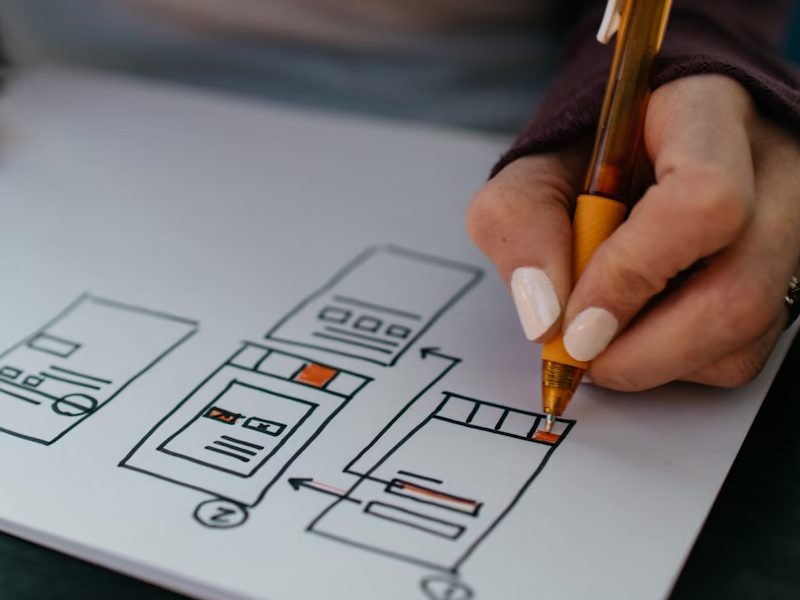Everything is changing, we have to admit that.
Technology takes more and more time out of our lives and experiences. It comes up with new ways of interaction, task management tools, or doing groceries. Or even creating tools for creating UI UX designs faster by trying to simplify every move.
More recently we have come up with solutions that before might have seemed out of an SI Fi movie, helping us immerse ourselves into the digital design world. With the advancements of AI, machine learning, Virtual reality, or augmented reality we have the capability to create an environment where everything you could have imagined became possible. And, the gaming industry takes advantage the most of all of those discoveries, creating platforms in which their users can become part of the games.
However, the whole industry is still emerging, and as with every new discovery, it was taken with a grain of salt by humanity which created a few assumptions. But before we dive into that we should find out how
You might think that VR is one of the latest innovations, but in reality, Virtual Reality has been around for decades, and it has only recently started to make its way into our everyday activities, like games and learning. The first primitive form of a VR dates back to the late ‘60s when the first VR HMD was created, only exposing simple, virtual wireframes.
A few years later, virtual Reality has already been used for museum exhibits with interactive displays. As example, The Treasures of King Tutankhamun (1977) at the Houston Virtual Tour, Pompeii's ancient ruins, or walking down Venice's Grand Canal while listening to Mozart's music played on traditional gondoliers' instruments.
Fast forward, VR headsets are starting to be used in art galleries to make the exhibits more immersive and interactive for visitors. These virtual experiences bring viewers closer than ever to artists and their work while also allowing them to create their own art using virtual reality software such as Tilt Brush or Oculus Quill.
The possibilities are endless! With their immersive nature, immersive experiences will allow us more significant insights into how others interpret reality through different perspectives. Imagine that instead of having only one version displayed at any given time, multiple versions were available simultaneously; this could lead us into uncharted territory when we consider how each version affects social norms surrounding topics such as gender roles within the culture at large.
Virtual Reality is not only providing new ways to view art, games, medicine or learn but also enabling us to experience the world in ways that were previously impossible, changing the way we experience the world of UI UX design, games, art, and many more.
The advancements of VR, AR, and AI led to a revolution in the world of UI UX design. A new approach is UX UI design, challenging the long-standing paradigms and techniques that have been associated with the design process. VR introduces a world where designers can create and make interactions into a fluid ground where volumes are no longer just a two-dimensional approach.
In the world of VR, UI/UX designers are no longer only creating the right layout, positioning elements, buttons, and cards. Instead, they are creating user experiences that immerse the user into their creations, they are crafting alternative dimensions in which the user experience can not be compared with the one from a traditional UI/UX design.
An immersive and intuitive state of user experience in virtual reality needs to offer a captivating and deductible movement, functionality being set apart. A setting stone for a Virtual reality experience to succeed is the power of intuitively, which sustains an environment where the users interpret the design process as natural and flawless.
We at uinkits understand the importance of inputs in great user experiences and creating amazing UI designs. That’s why we’ve developed a Figma UI Kit with design components that include these essential UI elements that enable you to design intuitive and user-friendly interfaces effortlessly.
“You press the button, we do the rest.” – Kodak.
Inspired by this iconic tagline from Kodak, we believe in simplifying the design process for you. Our Figma UI Kit, uinkits, is a complete design system with UI components that allows you, as a UI UX designer, to create your products as quickly as pressing a button.
Our design system includes UI components, icons, variables, cards, buttons and everything you need for your design process. All you have to do is take your UI design component needed, and you’re ready to use it in your designs!








